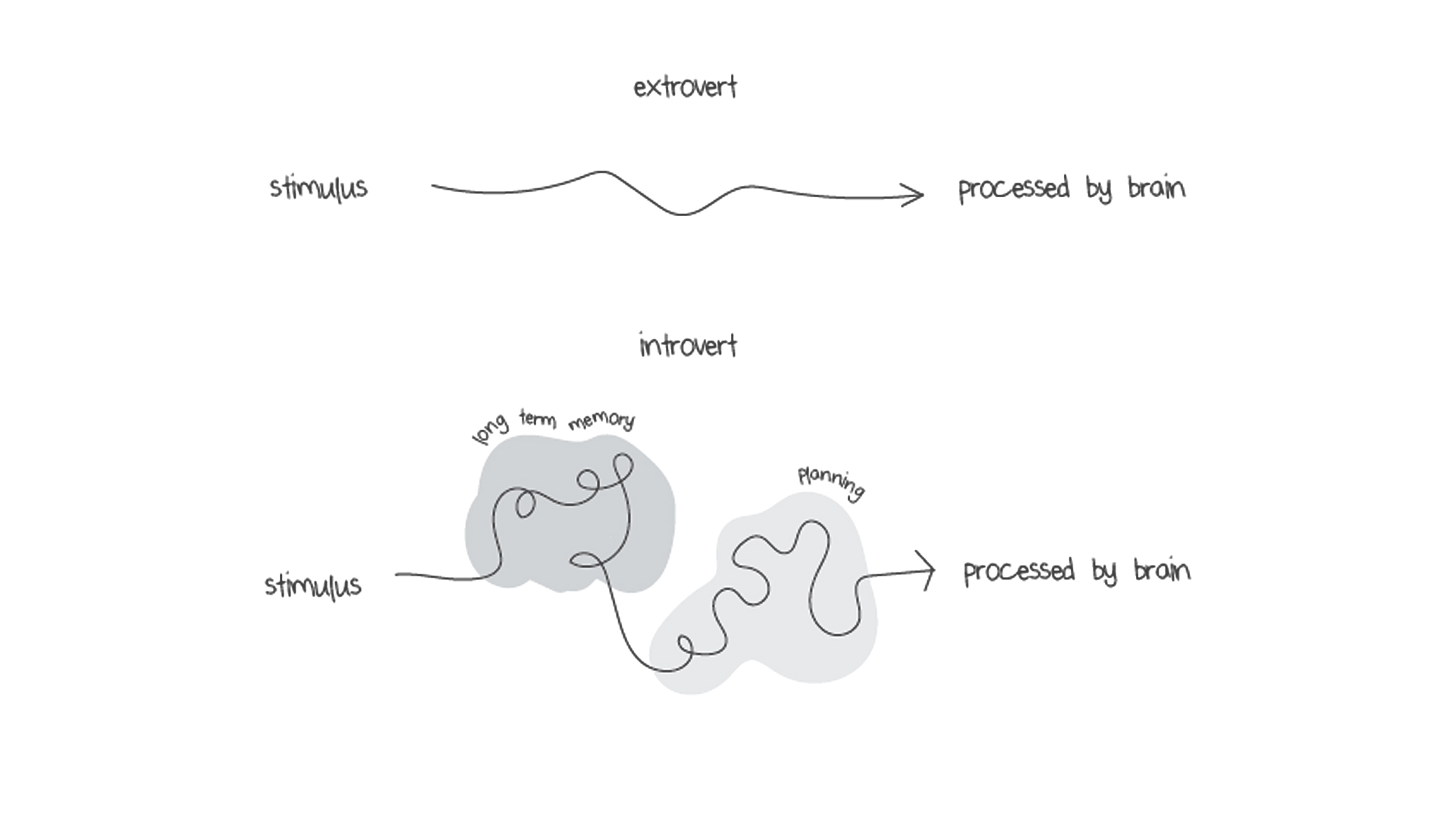This week, Lorayne has asked us to focus our learning log on what we are doing during class time. Specifically, what am I doing in class time? How much is passive learning? And how much is active learning?
This week in class, we reviewed several leadership theories through presentations that were facilitated by groups of three or four. It was really interesting how Lorayne set up this assignment and the presentations; we had to post our more "dry" content, in the form of an infographic or video, the weekend prior to class. The presentations were then focused on discussions around those leadership theories. I really appreciated this format as it was more student-centred and involved active rather than passive learning. I think I would have screamed if I had to sit through almost two hours of presentations! All of the groups did a really great job and I was engaged and eager to participate for the entire class. It's great timing that this topic has come up as one of my goals in my annual learning plan is to focus on creating a more student-centred learning environment in my classroom. It's so easy to fall into the typical "chalk and talk" mode, espe...



Comments
Post a Comment